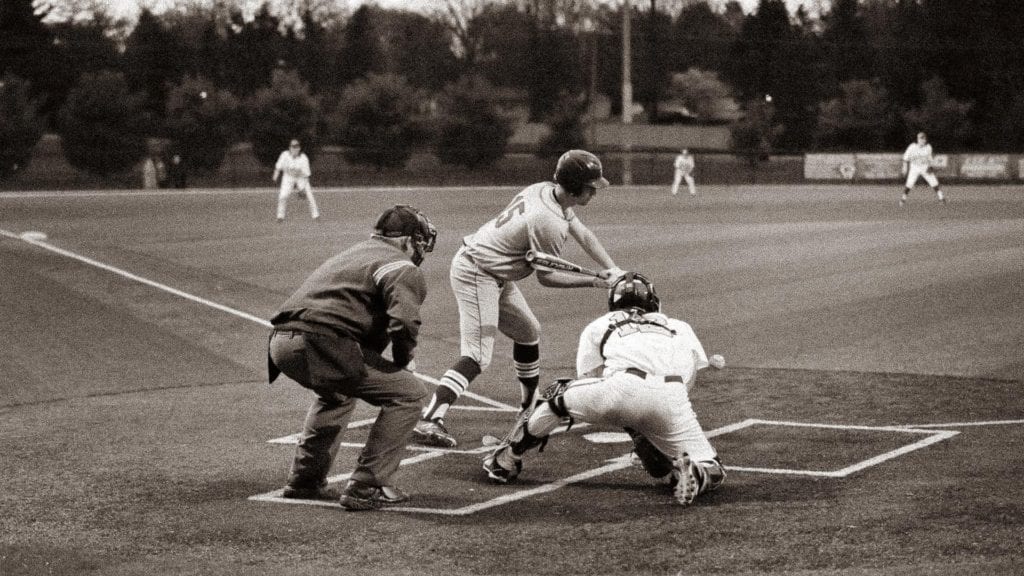*This article may contain product links which pay me a small commission if you make a purchase. Learn more.
Dear Dan,
My son is 13, and his coach is insisting that every kid on the team learns to throw a curveball. This concerns me, as I believe he’s too young. I’m worried about injuries and have heard that curveballs shouldn’t be thrown until high school. What should we do?
– Concerned Dad in Iowa
Concerned Dad,
This is a common question and a valid concern, one that gets raised quite a lot. Here’s what the data shows:
According to the ASMI and MLB’s jointly-developed Pitch Smart Guidelines, young pitchers who throw more breaking balls (not just curveballs, but sliders too) report more arm pain than those who don’t.
However, research on different types of pitches has shown that the fastball–not the curveball or slider–is the most stressful pitch on the arm.
So, this makes it a bit confusing – if the curveball is less stressful than a fastball, then why bother limiting use of them, or waiting to older ages?
Here’s What the ASMI Says
Here’s a direct quote from the MLB Pitch Smart risk factors page:
Young pitchers who throw curveballs and sliders may experience more elbow or shoulder pain. However, field studies have not shown increased risk of elbow or shoulder injury with throwing curveballs. Furthermore, the curveball produces similar or even less force, torque and muscle activity about the elbow and shoulder than the fastball does. Hence, pitchers should learn good fastball mechanics and proper arm slot first before introducing breaking balls.
Again, curveballs are not inherently more dangerous. But is this the end of the story? Not quite.
Why do young pitchers experience more arm pain when they throw breaking balls?
This isn’t clear, but a few factors may be at play:
- The improper twisting motion many youth pitchers use to throw a breaking ball may be a cause of arm pain, even if it’s less stressful overall. The fastball does not use such a supinated twisting motion (like a door knob)
- Pitchers who throw breaking balls at younger ages tend to have success, and may pitch more innings than those who don’t, because they get more hitters out
The above is speculation, but one thing to note is that curveballs do work – youth pitchers have a lot of success throwing them because youth hitters haven’t seen very many of them in their short careers.
This success is problematic, as it encourages pitchers to rely more on breaking balls to get outs, rather than good location or pitch sequencing.
So, what should you do?
I recommend that a pitcher waits until his 14U season to begin learning a curveball.
Then, at 14U and 15U, he can throw it in practice as much as he wants, then in games at 10-15% of his total pitches, with fastballs making up 60-70% and changeups making up the other 15-20%.
This is not only for arm health–because we still don’t know why more curveballs=more arm pain–but also for a pitcher’s skill development. Pitchers who learn to over-rely on their little league curveballs aren’t incentivized to learn a changeup or to focus on good location and command, which are lifelong skills they’ll need at higher levels.
I’d suggest having a conversation with the coach about the percentage of curveballs he wants pitchers to throw (or he will be calling, if he calls their pitches) and who (and how) they’ll be teaching the kids to throw the curveball.
If you need help learning the curveball, I suggest my video below.
Hope this helps,
Coach Dan
Articles Related to This Question
- How to throw a curveball
- How to throw a slider
- How to throw a changeup
- My detailed pitching mechanics
- MLB Pitch Smart Guidelines
